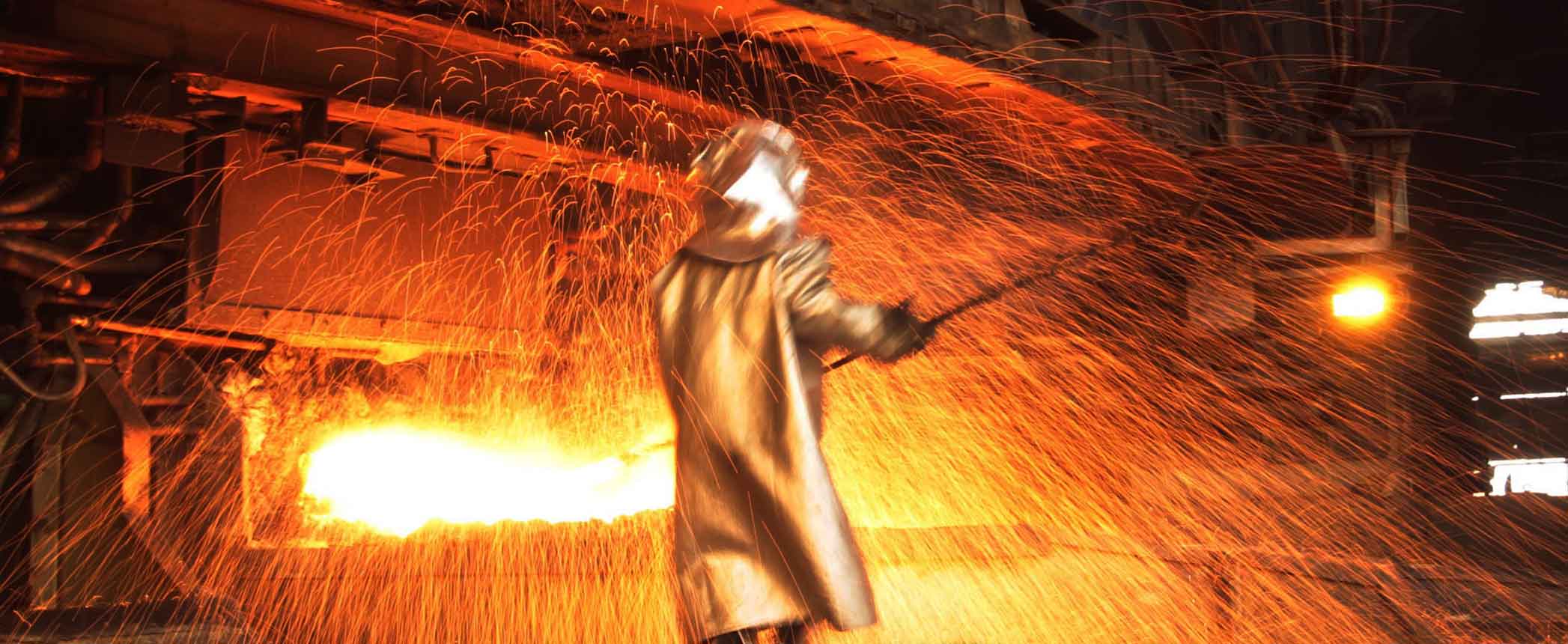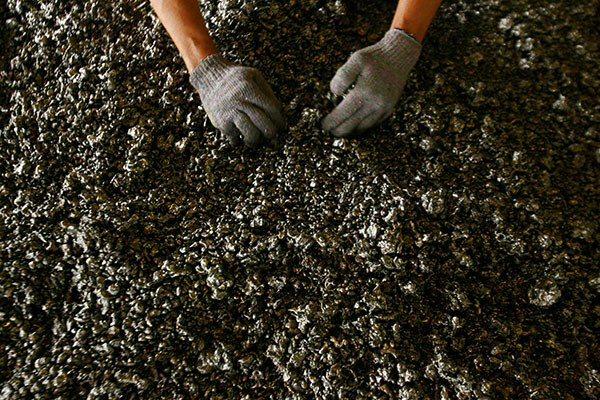
The steel and battery industries are contributing to surging prices of this strategic commodity.
The price of nickel is expected to increase to U.S. $18,000 per metric ton in 2020, according to projections by Swiss bank UBS. The price is being driven by demand for electric vehicle batteries, as are lithium and cobalt – two other crucial metals used in battery production.
At the end of July this year, nickel was trading at $14,125/t from a low of $10,720/t in December, according to figures provided by the London Metals Exchange.
Production of batteries accounts for 5% of global nickel demand, or 115,000 tons annually, according to Russian mining company Nornickel. Last year, Nornickel held a 10% share of the world’s unrefined nickel production and 23% of refined production.
|
While the nickel market is currently on the upswing, dark clouds could be on the horizon. The pricing of nickel can be affected by geopolitical events such as the Indonesian government’s export ban on raw nickel ore.
|
Nornickel expects sales of battery and hybrid EVs, including plug-in hybrids, to reach 25 million units by 2025; a projection that is slightly ahead of the International Energy Agency’s New Policies Scenario of 23 million units by 2030 and behind the Clean Energy Ministerial’s even more optimistic EV30@30 scenario of 43 million by 2030.
According to the Russian mining company, the automotive industry consumes around 226,000 tons of nickel per year. Demand is expected to grow to 353,000 tons by 2025.
The company found that 2 to 4 kilograms of nickel are needed for the production of one gasoline internal combustion engine car, while one hybrid car requires 5 to 15 kg and a full EV uses 30 to 110 kg.
But at least one U.S. analyst said that ultimately, a higher nickel price would be driven by strong macro-economic growth and only secondarily by EVs.
“Should EV sales continue for a number of years at their current double-digit growth rate and lithium-ion batteries technology continue to migrate to more ‘nickel heavy’ cathodes, then tightness in the nickel market would certainly be supportive of structurally higher nickel pricing,” said Chris Berry, president of House Mountain Partner, a New York-based advisor to battery material companies and investors.

However, stainless steel producers are the primary consumers of nickel. Two-thirds of global demand for nickel goes to the production of the metal, further driving demand. However, the global trend of increasing EV ownership is contributing to bullish sentiment on the global nickel market, according to UBS.
While the nickel market is currently on the upswing, Berry warned dark clouds could be on the horizon. The pricing of nickel can be affected by geopolitical events such as the Indonesian government’s export ban on raw nickel ore. The ban is slated to start in 2022, but whispers on the nickel market are suggesting the ban could start sooner, he said. “If this turns out to be true, then [it could reach] $18,000 a ton.”

Sorry, a technical error occurred and we were unable to log you into your account. We have emailed the problem to our team, and they are looking into the matter. You can reach us at cs@lubesngreases.com.
Click here link to homepage